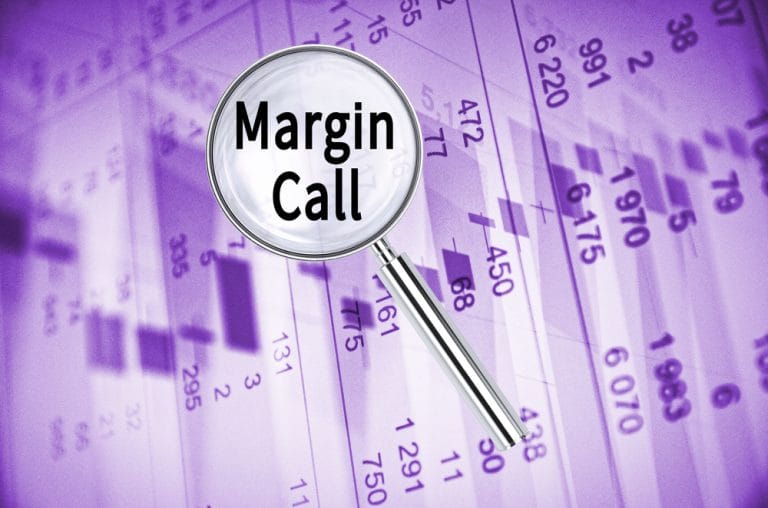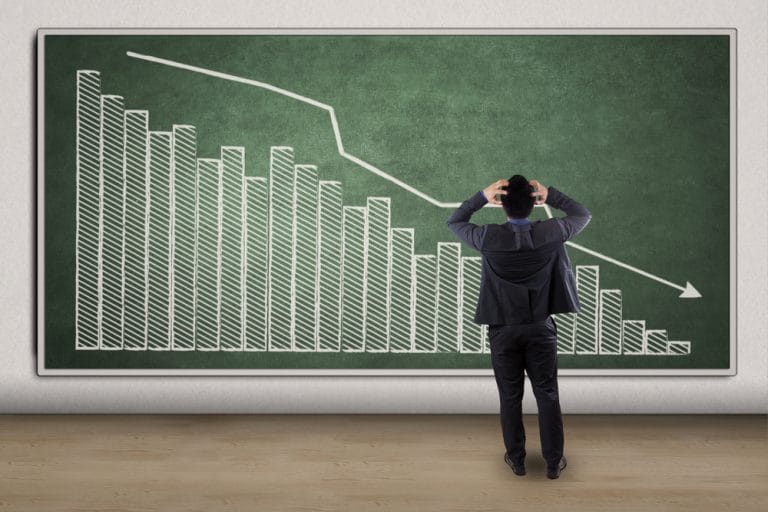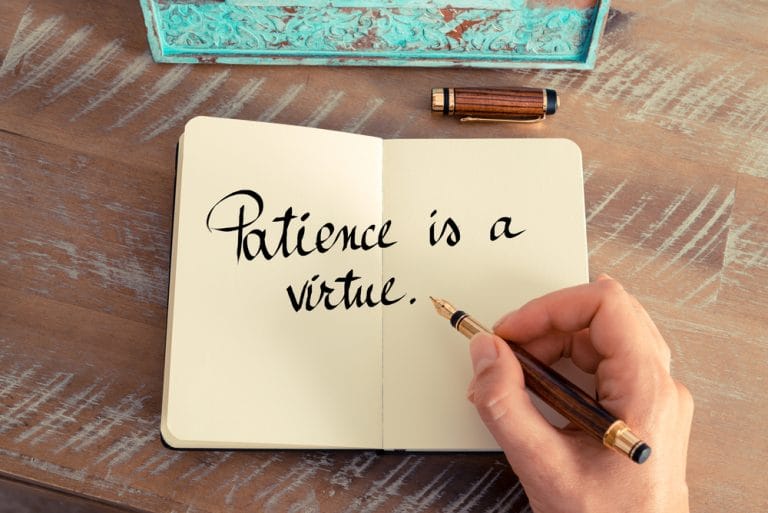2 Different Investing Styles: Growth and Value
An investor in stocks should know the differences between growth and value investing! The two investing styles use totally different business measures to evaluate and buy stocks.
The Growth Investor:
The growth investor is mainly concerned with the company’s earnings. The earnings have to be strong for the investor to be willing to pay more for its’ stock. Growth stocks perform really well during bull markets and tend to under perform during bear markets. Many growth investors want a great company that has little competition.
Growth investors also want to see revenue growth by at least 20% over the last several years. They aim for above-average growth and want the company’s stock to be pushing “new” highs! In addition, growth investors want to see the company’s market cap rising in the future.
Furthermore, growth investors are not overly concerned with receiving dividends. They know the company is reinvesting its’ earnings, to grow their business, instead of paying its’ shareholders dividends. Most high growth companies do not pay dividends. A good example of a growth company would be Alphabet, Inc. (Google) or Amazon. Neither company offers dividends. In lieu of paying dividends, the companies plow money back into their companies for future growth.
The growth investor is not always concerned with getting a bargain! They care little if the stock is expensive. In addition, the growth investor doesn’t let a high P/E (Price-to-Earnings ratio) keep them from purchasing a company’s stock.
The growth investor figures, that if the company keeps growing at its’ current rate, then the stock will be well worth it! Both the investor and the analyst set their expectations high when investing in growth stocks.
The Value Investor:
Value investors, on the other hand, focus on “undervalued” stocks that they believe the market hasn’t priced correctly. These investors search for beaten-down share prices and want to buy their stocks cheap. Value investors want to buy the best companies but at a low price.
In addition, the value investor places great importance on the company’s balance sheet. Value investor Lauren Templeton said, “As a value investor if I can’t value it, I can’t invest in it. How do you value something if you really don’t have a transparent view of the balance sheet? So if we can’t value it, we can’t invest in it.” She also said an investor needs to stay within their “circle of competence.” In other words, an investor should only focus on the areas they know best.
The Growth Investor -vs-The Value Investor:
The value investor uses different business strategies than the growth investor to evaluate their stocks. For instance, the value investor would study a company’s earnings, cash flow, assets, and its’ sales volume.
The value investor buys their stock at a cheap price when it is getting ready to start or is making a comeback. Hence, the value investor is purchasing shares at the bottom. The growth investor, on the other hand, buys a company’s stock on its’ way up.
The value investor, unlike the growth investor, pays close attention to dividend-paying stocks. They look for high yield dividends that are expected to increase in the future. They also want to see a past history of consistent dividends. The value investor knows that the income from dividends will contribute to their profits even if the stock price does not appreciate (increase in share price).
In conclusion, both investing styles use different strategies. Growth investors are willing to pay more for a growth company’ stocks while value investors look to pay as little as possible for their stocks.
Moreover, growth investors would pay less attention to the P/E of a company and instead aim for companies with strong earnings growth. Value investors, on the other hand, desire a low P/E and pursue stocks that they believe to be undervalued by the market.
In closing, one similarity between the two investing styles is that they both seek a company that has high growth ahead of them. There are also investors that use a combination of the two investment styles with their portfolios. Many investor’s stocks perform well using both growth and value investing.






